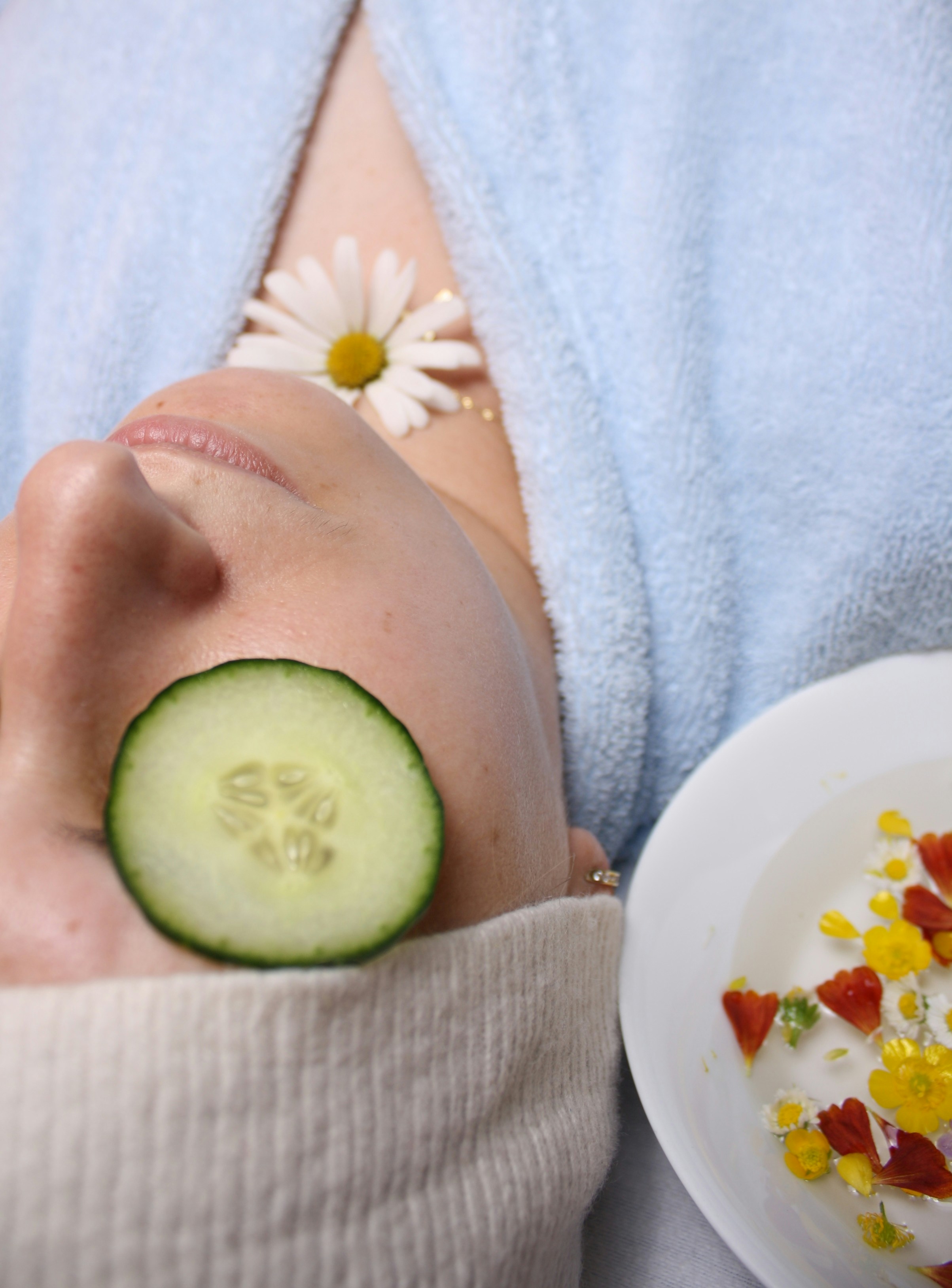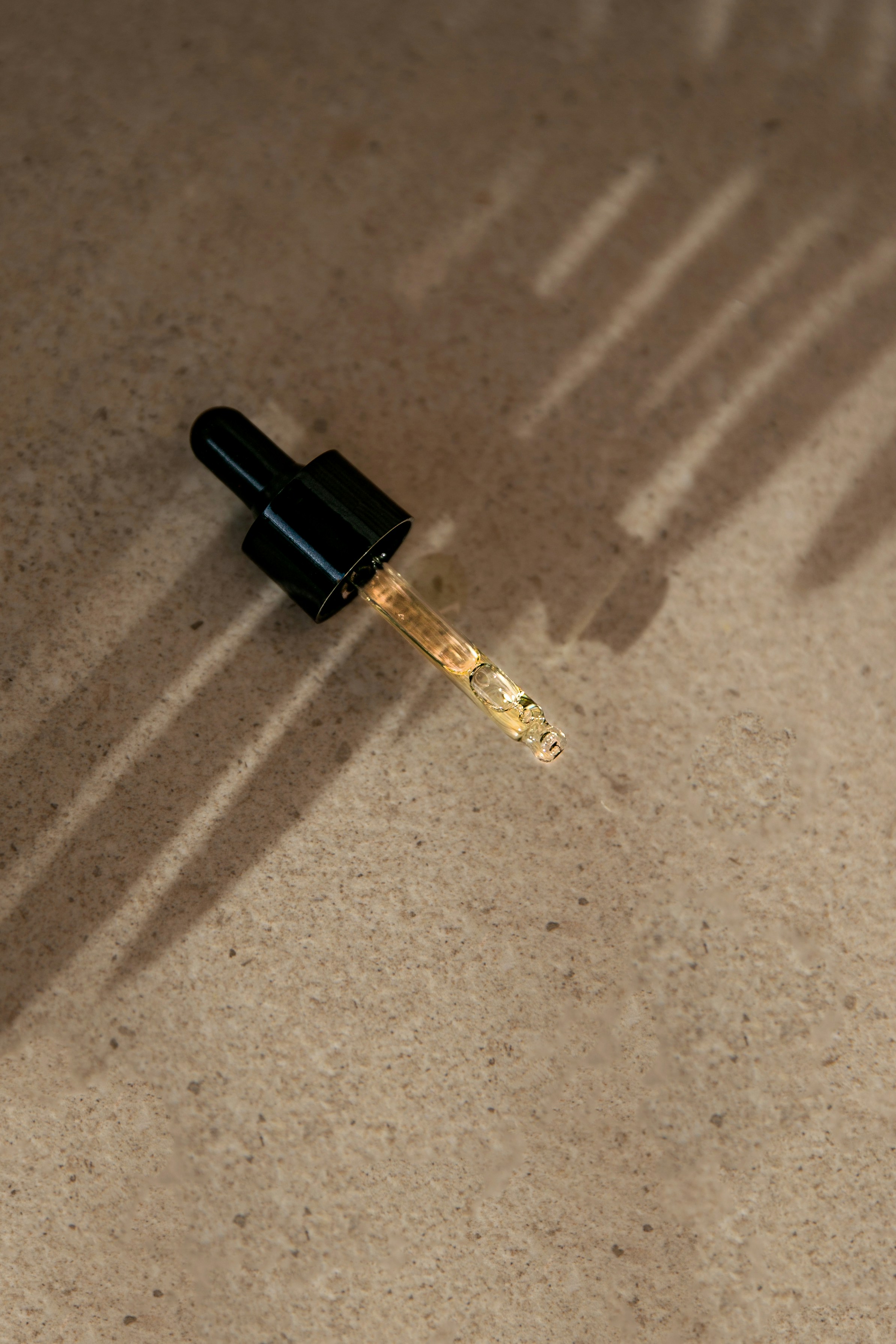
image source :by adrian-motroc on Unsplash
When customizing cosmetic packaging, material selection plays a vital role in ensuring the quality, durability, and aesthetic appeal of the final product.
Among the various options available, PCTG (polycyclohexanedimethyl terephthalate) has become a popular choice for cosmetic packaging as it has a unique combination of properties that make it ideal for this specific application.
In this article, we’ll delve into the world of engineering plastics and general purpose plastics, then explore why PCTG is often chosen when customizing cosmetic packaging.
PC (polycarbonate), PC/ABS (polycarbonate/acrylonitrile-butadiene-styrene), PA (polyamide), PBT (polybutylene terephthalate), POM (polyoxymethylene), PMMA (polymethyl methacrylate), PG/PBT (polyphenylene ether/polybutylene terephthalate) are known for their excellent mechanical, thermal and chemical properties.
These materials are used in a variety of industries including automotive, electronics and consumer products due to their high performance and versatility.
On the other hand, general-purpose plastics such as PP (polypropylene), PE (polyethylene), ABS (acrylonitrile butadiene styrene), GPPS (general-purpose polystyrene), and HIPS (high-impact polystyrene) are used because of their economical It is valued for its properties and ease of processing, and has a wide range of applications.
In the field of synthetic rubber, TPU (thermoplastic polyurethane), TPE (thermoplastic elastomer), TPR (thermoplastic rubber), TPEE (thermoplastic polyester elastomer), ETPU (ethylene thermoplastic polyurethane), SEBS (styrene ethylene butylene styrene) ) and other TPX (polymethylpentene) are known for their elasticity, abrasion resistance and impact resistance.
These materials find use in industries such as footwear, sports equipment and medical devices, where flexibility and durability are critical.
Now, let us turn our attention to PCTG, an engineering plastic that has attracted attention in the field of cosmetic packaging customization. PCTG is a copolyester with a unique combination of properties that make it ideal for applications requiring clarity, impact resistance and chemical compatibility.
One of the key properties of PCTG is its exceptional transparency, which can be used to create transparent or translucent packaging that reveals the color and texture of the cosmetic product inside.
Optical transparency is a highly desirable feature in cosmetic packaging because it allows consumers to see the contents of the package, thereby enhancing the visual appeal of the product.

image source :by birgith-roosipuu on Unsplash
In addition to its transparency, PCTG offers excellent impact resistance, making it ideal for cosmetic packaging that requires handling, shipping, and storage. This feature ensures that the packaging maintains its integrity and aesthetics even under harsh conditions.
Additionally, PCTG is resistant to a wide range of chemicals, including common cosmetic ingredients, ensuring the packaging is long-lasting and unaffected by its contents. This chemical resistance is a key factor in maintaining the quality and appearance of cosmetics over the long term.
Another distinguishing feature of PCTG is its processability, which allows the creation of complex and beautiful designs in cosmetic packaging.
Whether it is the molding of complex shapes, the combination of embossing or embossing features, or the addition of decorative elements, PCTG is ideally suited for the customization of cosmetic packaging, allowing brands to create unique and visually appealing products that stand out in the market.
Additionally, PCTG can be easily colored, providing flexibility in design and branding options for cosmetic packaging customization.
The application of PCTG in cosmetic packaging extends to various product categories such as skin care, hair care, makeup, and perfume. From bottles and jars to compacts and lipstick boxes, PCTG can be used to create a variety of packaging solutions to meet the specific needs and preferences of consumers.
Whether it’s the sleek, modern look of a clear PCTG bottle for luxury skin care serums or the elegant translucency of a PCTG compact for high-end foundation, PCTG’s versatility allows you to create packaging that matches your brand image and product positioning.
PCTG’s compatibility with various decoration techniques such as silk screen, hot stamping and in-mold labeling enhances the visual appeal of cosmetic packaging, allowing brands to enhance the quality of their products with customized designs, logos and graphics.
This ability to customize is especially valuable in the competitive landscape of the cosmetics industry, where brands strive to differentiate their products and create a strong brand image through packaging design.
It was chosen for custom cosmetic packaging due to its unique combination of properties, including superior transparency, impact resistance, chemical compatibility, processability and customization capabilities. These properties make PCTG an ideal material for creating packaging solutions that not only protect and preserve cosmetics, but also enhance their visual appeal and marketability.
As the demand for innovative and visually impactful cosmetic packaging continues to grow, PCTG becomes a versatile and reliable option for brands looking to leave a lasting impression in the beauty industry.
Post time: Aug-07-2024
